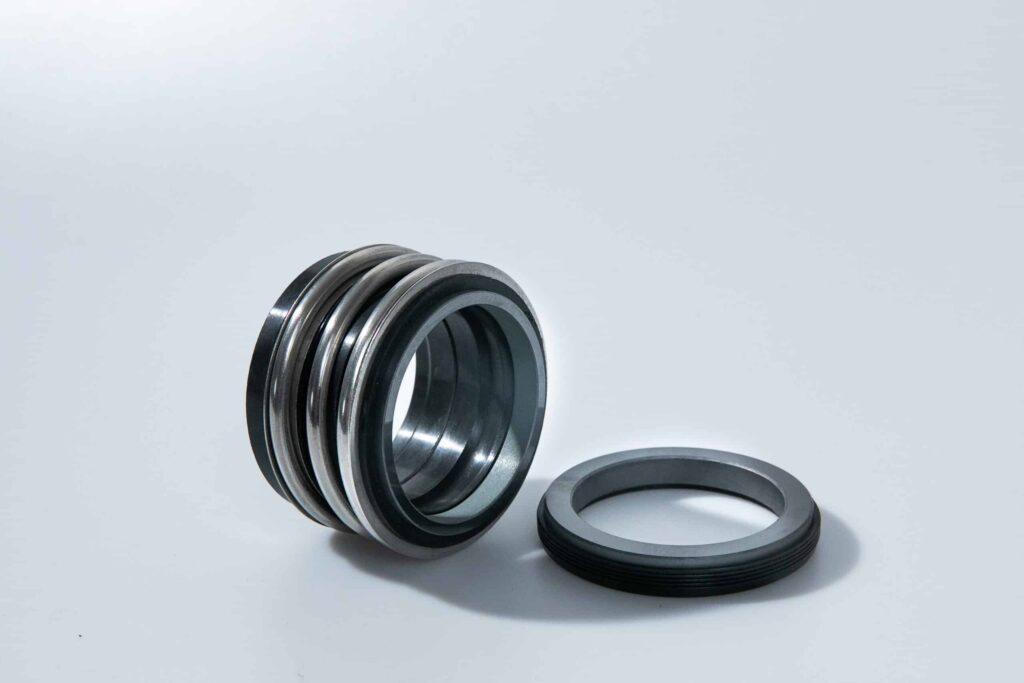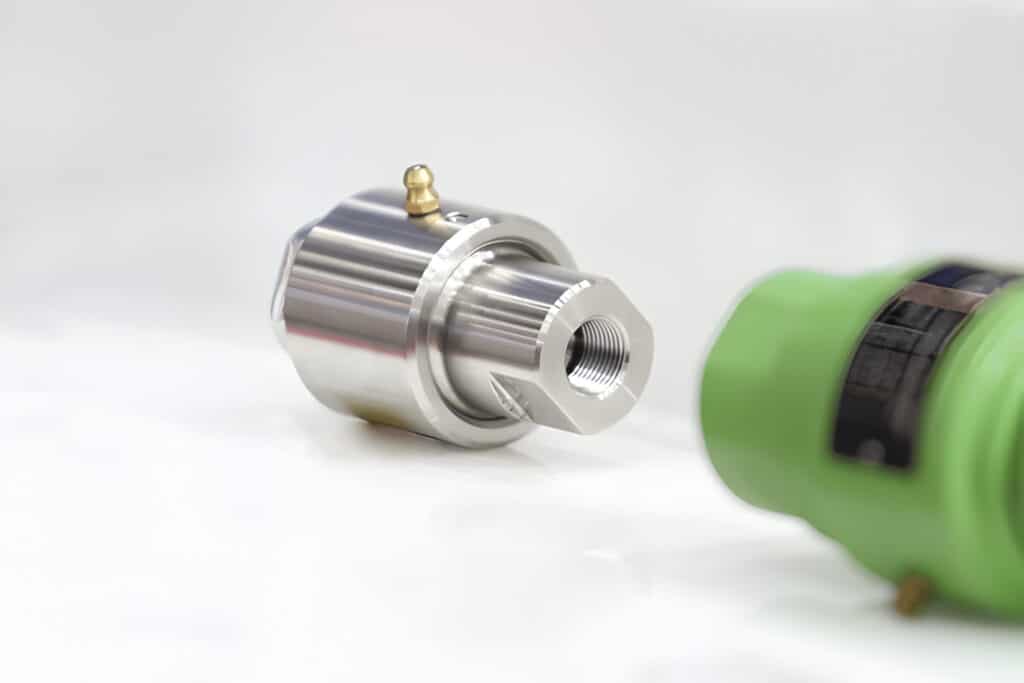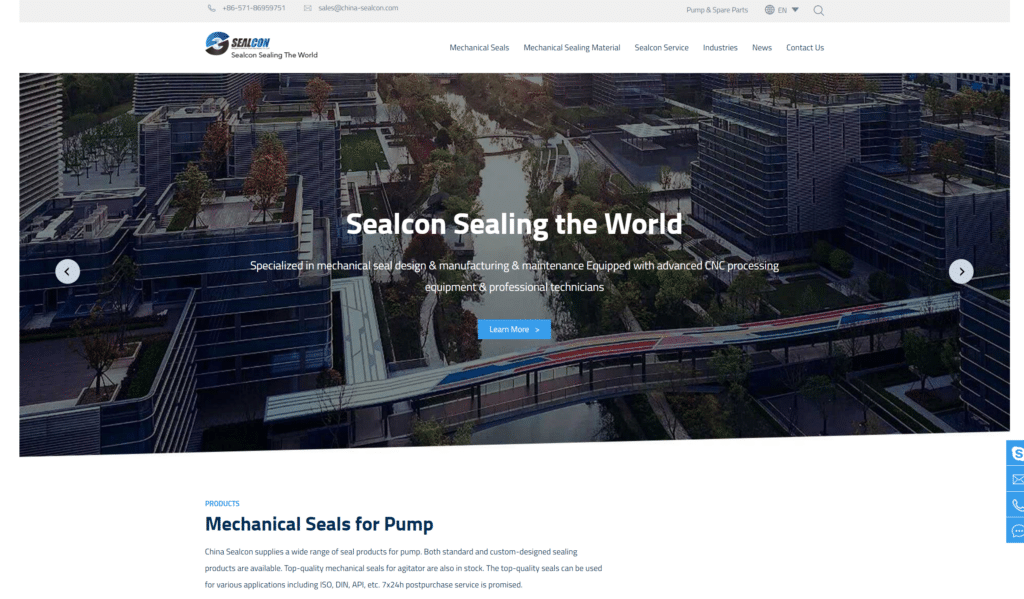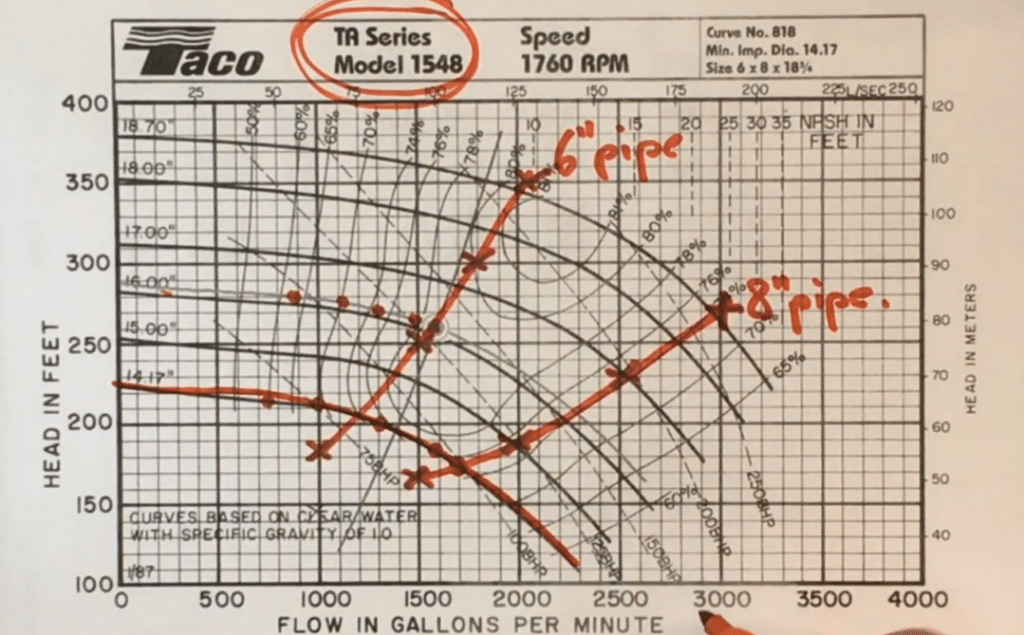Dry gas seals and wet gas seals are two critical components in industrial compressors.
While both serve to prevent gas leakage, they operate differently.
In this blog post, we’ll explore the key distinctions between these two seal types, helping you make an informed decision for your specific application and optimize your compressor’s performance.
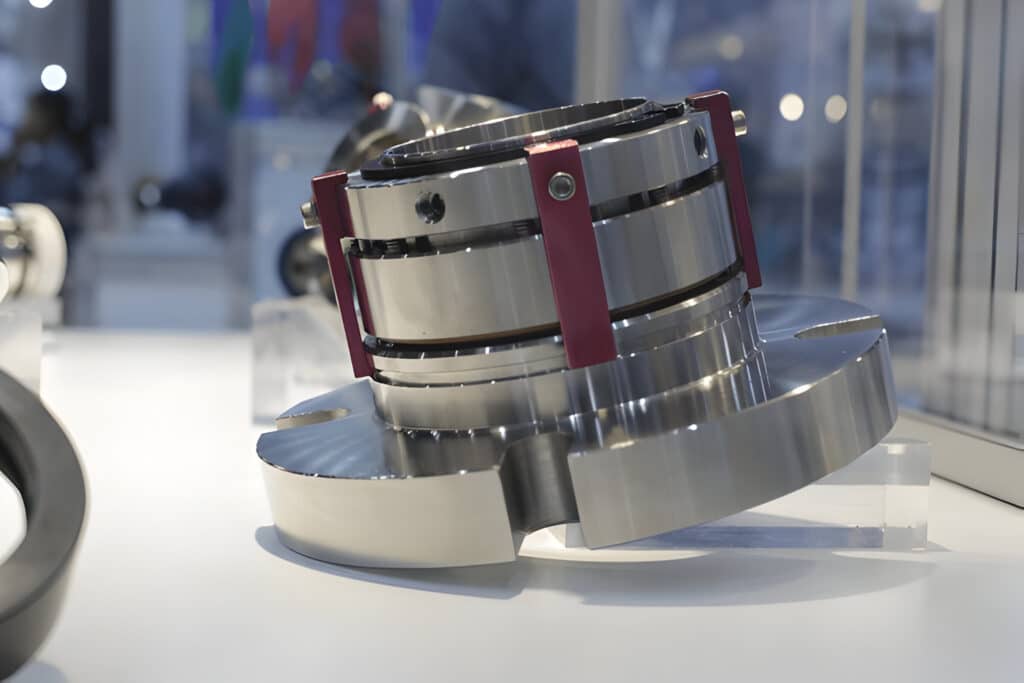
What is a Wet Gas Seal
A wet gas seal, also known as an oil seal or liquid seal, is a type of mechanical seal used in centrifugal compressors to prevent the leakage of process gas along the rotating shaft. It utilizes a pressurized liquid, usually oil, to create a barrier between the process gas and the atmosphere.
How Does a Wet Gas Seal Work
In a wet gas seal, high-pressure oil is circulated between a series of rings around the compressor shaft. The seal assembly typically consists of a rotating ring attached to the shaft and two stationary rings on each side in the seal housing. The oil flows between these rings, lubricating them and acting as a barrier to prevent gas leakage.
The center ring rotates with the shaft, while the outer rings remain stationary, pressed against the thin oil film. O-rings are used to prevent leakage around the stationary rings. A small amount of gas dissolves into the oil barrier, but the majority of the seal oil leakage and absorbed gas is collected and passed through a degassing process before recirculating.
Advantages of Wet Gas Seals
- Wet gas seals provide excellent sealing performance in high-pressure and high-temperature environments, making them suitable for demanding applications in the oil and gas industry.
- They offer superior protection against contaminants, as the sealing fluid helps to flush away debris and prevent buildup on the sealing faces.
- Wet gas seals have a longer lifespan compared to dry gas seals, as the sealing fluid provides lubrication and cooling, reducing wear on the sealing faces.
- The sealing fluid used in wet gas seals can be easily monitored and replaced, allowing for predictive maintenance and reducing unplanned downtime.
Disadvantages of Wet Gas Seals
- Wet gas seals require a complex support system, including pumps, filters, and heat exchangers, which increases initial installation and maintenance costs.
- The sealing fluid used in wet gas seals can contaminate the process gas, making them unsuitable for applications where gas purity is critical.
- Wet gas seals are more prone to leakage compared to dry gas seals, as the sealing fluid can escape through worn or damaged seals.
- The presence of sealing fluid in wet gas seals increases the risk of process contamination and environmental impact in case of a seal failure.
When to Use Wet Gas Seals
Process gas contamination is not a critical issue, and the presence of sealing fluid in the process stream is acceptable.
High-pressure and high-temperature conditions are present, such as in compressors and pumps in the oil and gas industry.
Contaminants and debris are a concern, as the sealing fluid helps to flush away particles and prevent buildup on the sealing faces.
Longer seal life is desired, as the lubrication and cooling provided by the sealing fluid reduces wear on the sealing faces.
What is Dry Gas Seal
A dry gas seal is a type of non-contacting mechanical seal used in centrifugal compressors and pumps to prevent process gas leakage along the rotating shaft. Unlike traditional wet (oil-lubricated) seals, dry gas seals rely on a thin film of gas to maintain a gap between the stationary and rotating seal faces, eliminating physical contact and wear.

How Dry Gas Seals Work
Dry gas seals consist of a stationary primary ring and a rotating mating ring. The rotating ring features shallow spiral grooves that, during operation, generate a fluid-dynamic lifting force.
This force separates the stationary ring from the rotating ring, creating a minute gap (typically 3-5 microns) between the seal faces. The gap is maintained by a small amount of filtered seal gas (usually nitrogen) that flows between the faces, preventing process gas from escaping to the atmosphere.
Advantages of Dry Gas Seals
- Dry gas seals offer superior sealing performance in applications where gas purity is critical, as they do not introduce any sealing fluid into the process stream.
- They have a simpler design compared to wet gas seals, requiring fewer support components and reducing initial installation and maintenance costs.
- Dry gas seals have a lower risk of process contamination and environmental impact, as there is no sealing fluid that can escape in case of a seal failure.
- They provide excellent sealing performance in high-speed applications, as the absence of sealing fluid reduces drag and friction on the sealing faces.
Disadvantages of Dry Gas Seals
- Dry gas seals are more susceptible to damage from contaminants and debris, as there is no sealing fluid to flush away particles and prevent buildup on the sealing faces.
- They have a shorter lifespan compared to wet gas seals, as the lack of lubrication and cooling leads to increased wear on the sealing faces.
- Dry gas seals may require more frequent maintenance and replacement, as they are more prone to damage from thermal and mechanical stresses.
- They may not be suitable for extremely high-pressure applications, as the absence of sealing fluid can limit their ability to maintain a stable sealing interface.
When to Use Dry Gas Seals
- Gas purity is a critical concern, such as in the chemical, pharmaceutical, and food processing industries.
- A simpler seal design is desired, with fewer support components and lower maintenance requirements.
- Process contamination and environmental impact are major considerations, as dry gas seals eliminate the risk of sealing fluid leakage.
- High-speed operation is required, as the absence of sealing fluid reduces drag and friction on the sealing faces.

Is a Wet Seal Better Than a Dry Seal
A wet gas seal is better for sealing high-pressure gases with liquid contaminants, as it uses a thin film of oil to lubricate and cool the seal faces.
In contrast, a dry gas seal is better for clean, dry gas applications, as it relies on a small amount of clean filtered gas to keep the seal faces apart.
Conclusion
In conclusion, both dry gas seals and wet gas seals have their unique advantages and limitations in sealing applications.
The choice between the two depends on factors such as operating conditions, maintenance requirements, and cost-effectiveness.
To make an informed decision for your specific sealing needs, consult with trusted seal manufacturers and industry experts.
